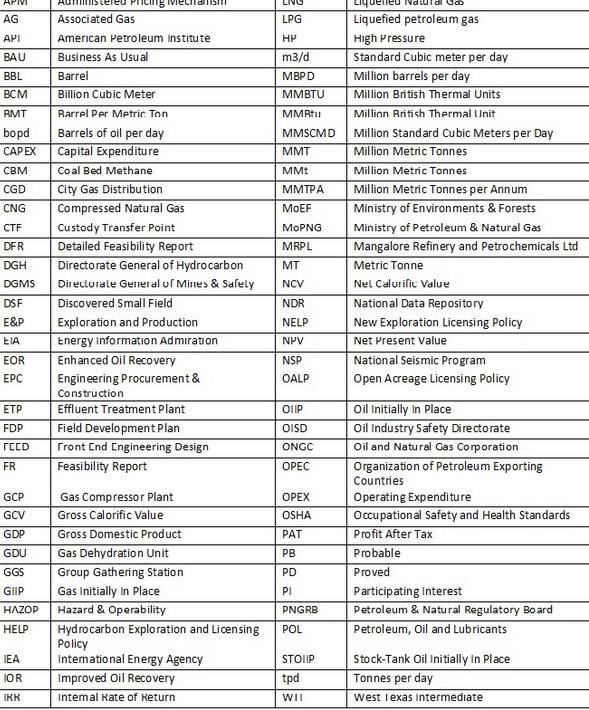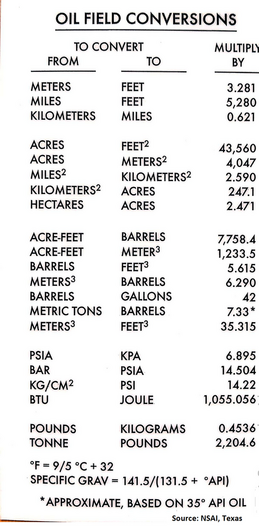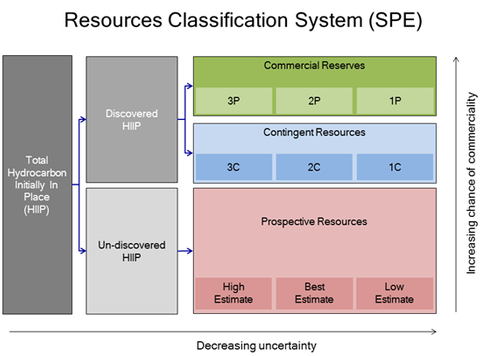Oil Glossary
Brent crude
Brent crude oil one of the main benchmark crude. It is primarily sourced from the North Sea. Brent Crude isn’t as light and sweet as West Texas Intermediate (WTI), the other popular benchmark, as it has a lower API Gravity at 38.06 and is less sweet with a higher sulphur content at 0.37%.
Crude Oil
Crude oil is liquid petroleum in raw form that exists in underground oil reservoirs. Crude oil is a mixture of hydrocarbons. It is extracted through oil well and is processed further in refineries to get diesel, gasoline, heating oil, kerosene, and other products. Crude oil is also known as rock oil or mineral oil.
Development Well
A well drilled within the proved area of an oil or gas reservoir to extract oil from underground. Once oil is discovered in an oil field and is found commercially viable, a number of wells are drilled in the area and the field is developed to produce oil or gas. These wells are known as development wells.
Dry Well
Exploratory well drilling is done for the purpose of finding oil. The well drilled may or may not find oil. If no oil is found it is declared dry well.
Enhanced Oil Recovery (EOR)
Enhanced Oil Recovery is latest technologies used to increase production from oil and gas fields. These sophisticated techniques such as injecting chemicals, carbon dioxide or steam maintains pressure and also improves fluid flow in the reservoir. More oil comes out of well. EOR, also known as improved oil recovery or tertiary recovery, prolongs economic life cycle of an oil field and improves the Ultimate Recovery Factor.
Exploration
Exploration of oil is a multi-stage activity for the discovery of oil reservoirs hidden inside the earth. It starts with surveys such as topographical, geophysical and seismic surveys. A positive survey result only indicates there is some probability that oil may be below the ground in the area. Next stage is to drill an exploratory well to verify whether oil is there or not. If oil flows out of well, this is called successful discovery.
Exploratory Well
A well drilled to discover oil or gas in an area. An exploratory well is drilled in an area where seismic surveys have indicated there is some probability that oil may be below the ground. Drilling of Exploratory well is done to confirm presence of oil.
Hydraulic Fracturing
Hydraulic Fracturing is a new drilling technology used in Oil and Gas Industry. While drilling a well, hydraulic fracturing is done to create fractures in rock by a pressurized liquid. This releases oil and gas caped inside rocks and enhances well productivity.. Hydraulic Fracturing has made possible to extract oil & gas from shale reservoirs and produce on a commercial scale. It brought a boom in shale oil production in the US
Oil Well
In oil and gas industry, there are three types of wells: exploratory wells drilled in new unknown area to find oil, development wells drilled within a proved area of oil reservoir and production wells drilled in an already producing wells to enhance production.
Oil Initially In Place (OIIP)
Oil Initially In Place is the total quantity of petroleum which is estimated to exist originally in the underground reservoir. Total oil-initially-in-place is subdivided into discovered petroleum-initially-in place and undiscovered petroleum-initially-in-place. This is subject to change depending on technological development and economic consideration.
Oil Reserves
Oil and Gas are contained in underground rock formations called reservoirs. Reserve estimates change with the availability of additional information, new technology and economic environment. Oil reserves are generally classified as proved reserves, probable reserves and possible reserves. Estimated recoverable quantities from known accumulations which do not fulfil the requirement of commerciality are classified as Contingent Resources.
Proved reserves
Proved reserves are limited to those quantities that are commercial under current economic conditions and denoted by P1. Proved reserves have a very high degree of recovery with wells in place and techniques that are proven.
Probable Reserves
Probable reserves are those unproved reserves which are more likely to be recoverable as the techno-economic studies. There is at least a 50% probability that the quantities will be actually recovered. This is known as P2. Probable reserve has a higher chance of recovery than possible reserves. But possibility of recovery of oil from probable or possible reserves are based on future techno-economic conditions.
Possible Reserves
Possible reserves are those unproved reserves which are less likely to be recoverable as per the techno-economic studies. It is also known as P3. There should be at least a 10% probability of being recoverable for being classified as possible reserves.
Seismic amplitudes anomaly:
Seismic amplitude is the amount of displacement of a seismic wavelet measured from peak to trough. Seismic amplitudes anomaly is an abrupt increase in seismic amplitude that can indicate the presence of hydrocarbons, although such anomalies can also result from processing problems, geometric or velocity focusing or changes in lithology.
Ultimate Recovery
Oil is contained in underground reservoirs. Once oil is discovered, wells are drilled to bring oil to the surface. But entire oil cannot be taken out. Estimated Ultimate Recovery is the total volume oil and gas which can be recovered using available technologies economically over entire life cycle of the field.
West Texas Intermediate (WTI)
West Texas Intermediate is a high quality grade of crude oil primarily produced in North America. WTI crude oil has light and sweet characteristics. West Texas Intermediate grade of crude oil has a relatively low density at 39.6 (API gravity) which makes it a lighter crude oil and has low sulphur levels at 0.24%, which makes it a sweeter crude. WTI is a key benchmark crude in the market.
1P Proved Reserves
2P Proved Reserves plus Probable Reserves
3P Proved Reserves plus Probable Reserves plus Possible Reserves



